Cats have taken over the internet, and nothing seems to spark more awws than a sleeping kitty enjoying some sunshine and z’s. Since cats sleep up to 16 hours per day, there’s plenty of time to catch them in the act of snoozing in strange places. We’ve seen our cats do weird things in their sleep like run or pounce with legs in the air, but it’s almost funnier just to find them zonked out in an odd position. It might not seem restful to us, but your pets surely have their own weird sleeping arrangements. If you need a break from the daily grind, check out these funny cat sleeping positions.
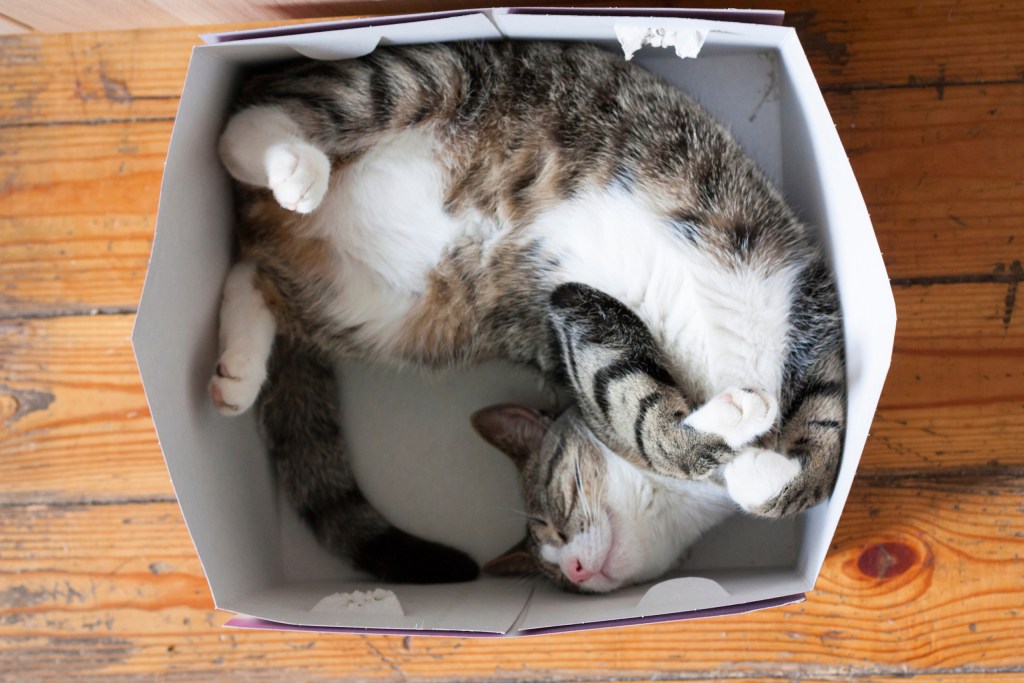
In a box
Cats are hiders by nature, and their instinct is to find shelter and protect themselves from predators. That’s why you might find them holed up in an enclosed space like a box or sink. They also might be snuggling up for warmth or scratching at the cardboard between dreams. As for why they enjoy squeezing into way too small a space, we have yet to get an answer from them.
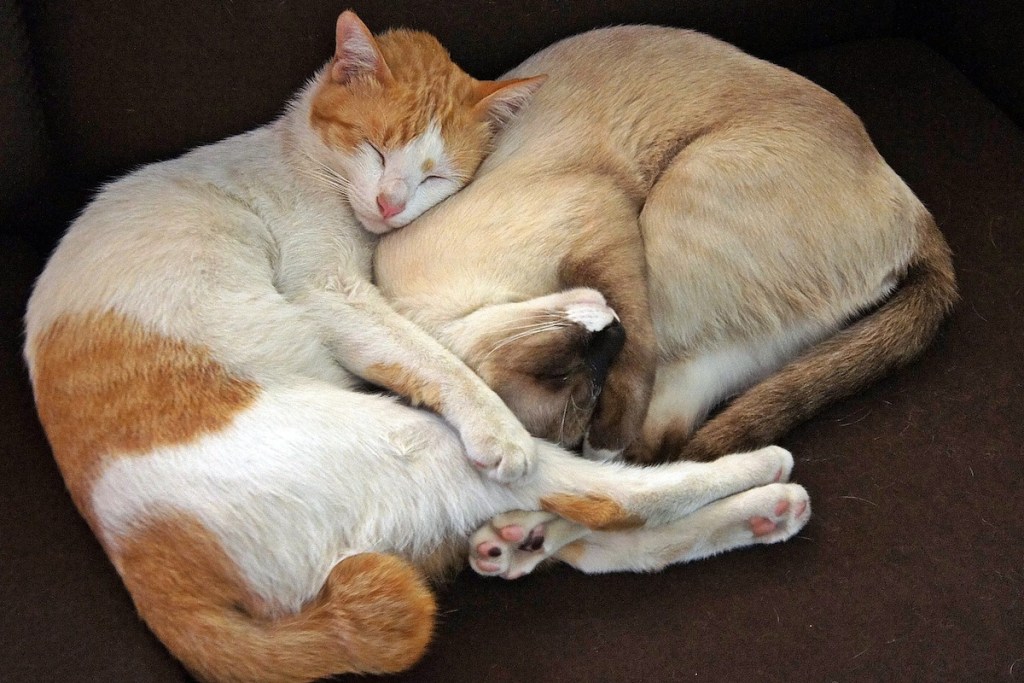
With another pet
Nothing beats watching your furry kids snuggling up together. Extra points if you get a mix of breeds in the cuddle puddle. Just like humans, our pets love to do this for comfort and warmth, but it might have an element of safety in numbers as well. Regardless, it’s mega-cute to find our kitties snoozing together.
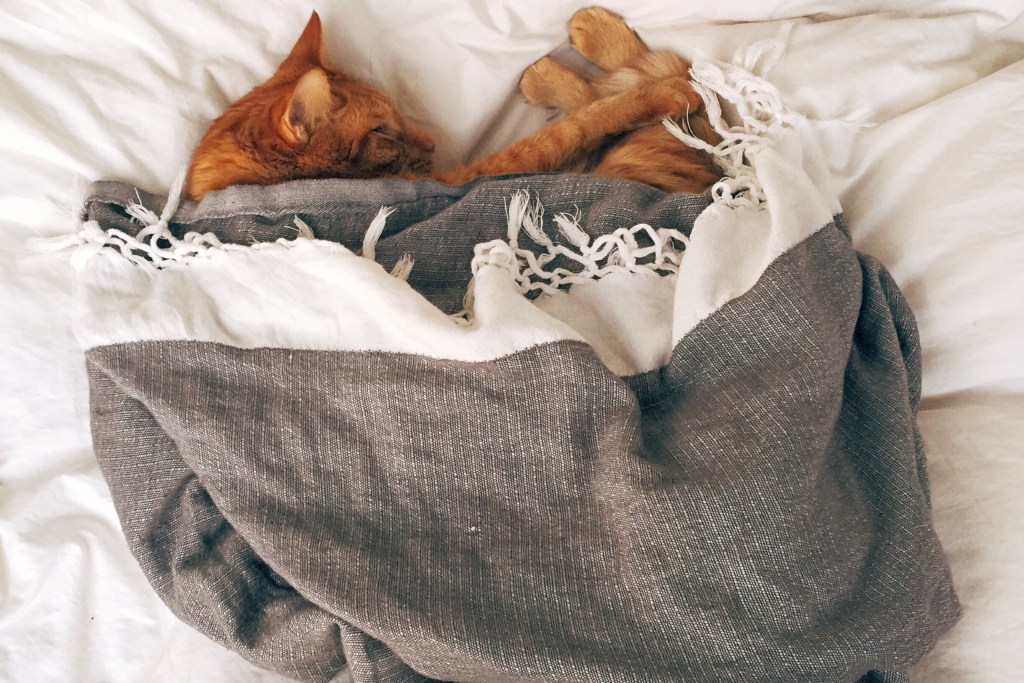
Under a blanket
Don’t mistake covers as being just for humans — our cats want to wrap themselves up in a security blanket, too. While this may enlarge your dry-cleaning bill, you can make up for it by snapping a few pics of your feline looking particularly cute. Remember, she might be seeking out your scent, so you’ll almost certainly discover her on your favorite duvet or in the laundry pile.
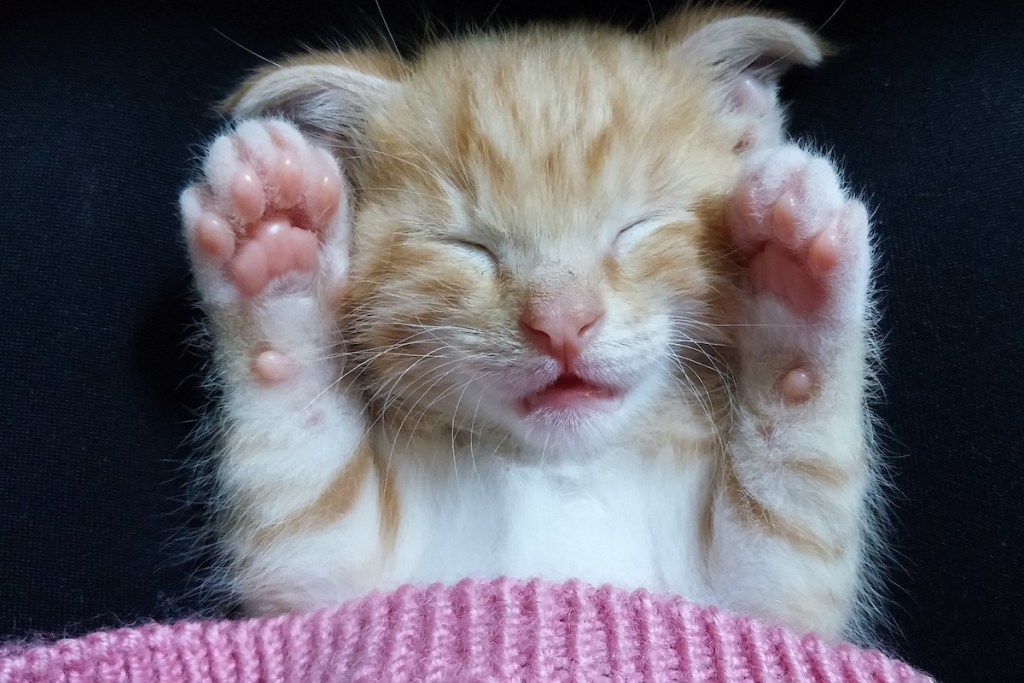
On her back
We wonder how this can be comfortable, but cats must be onto something considering how well they sleep all day. When your cat’s on her back and somehow twice her usual length, it may be time to give her a little belly rub or prepare her favorite toys for after her nap. Cats who lie on their backs are feeling safe, so you can rest assured you’re being a great pet parent.
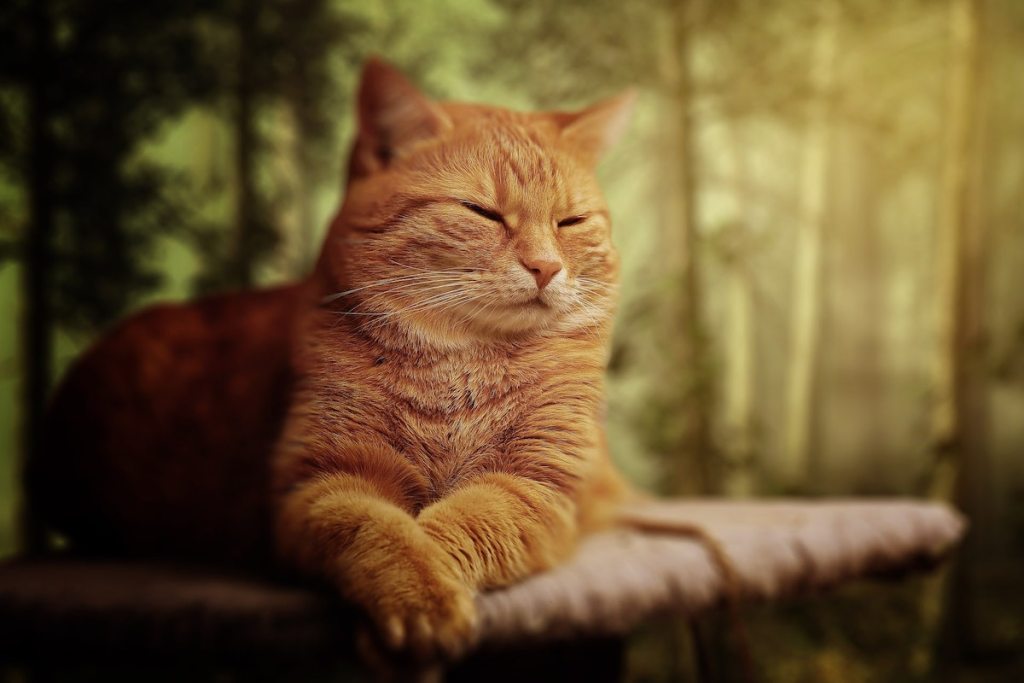
On her tummy
Quite the opposite of napping on her back, she can also curl her paws under and become smaller than you thought possible. Usually when we find our cats in this position, it means they aren’t really sleeping, just resting. Still, it’s certainly an amusing way to catch them in the act of fake sleep. They could be about to drift off or thinking lazily of their next napping location.
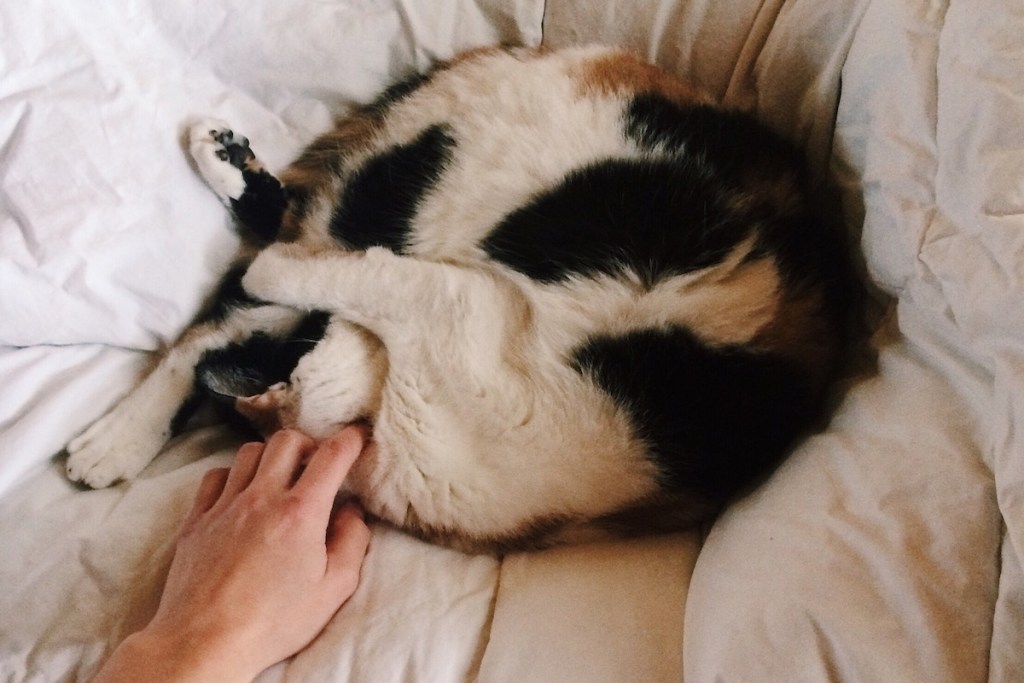
Curled up
We don’t recommend imitating this position, but it seems to work for our furry friends. Lots of animals sleep nose to rear because it keeps them protected. It also might help your kitty stay warm by conserving her body heat. She still wants you to go for a surprise head scratch most of the time, even though her ears might be hard to find.
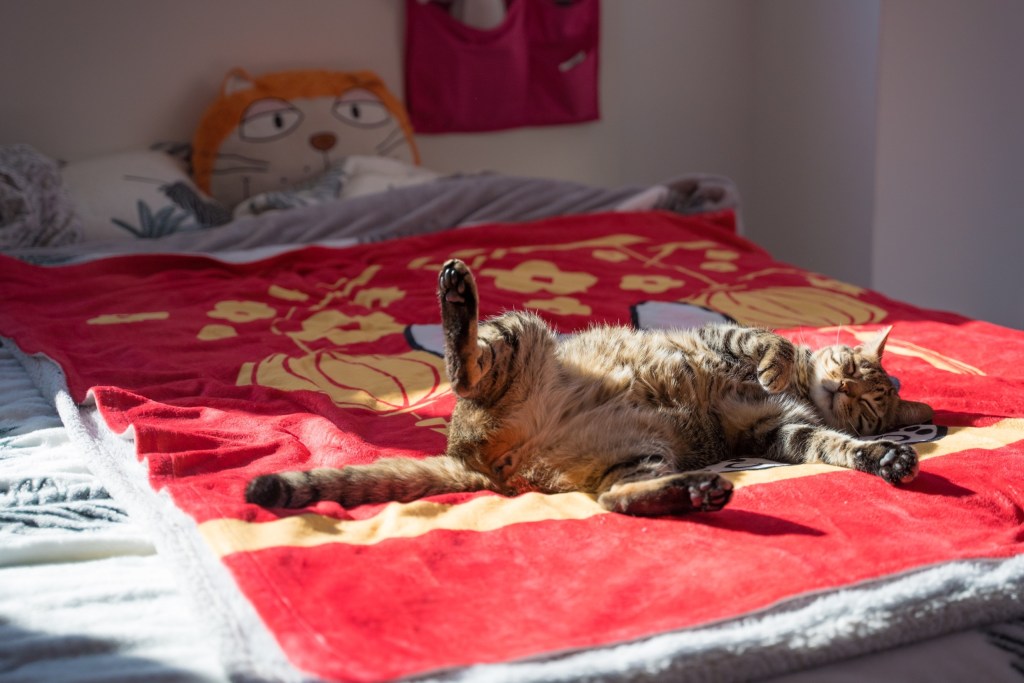
In our beds
Becoming a pet parent means a lifetime of sharing the bed. Despite their relatively small size, our cats take up a surprising amount of room when hunkering down with us. They’ll surely enjoy doubling up for warmth and reminding you of their presence while you’re asleep. Who wouldn’t want to be clawed awake by a dreaming cat? Unfortunately, you might not be able to ignore her at all as she always seems to find the least convenient spot in the bed or on your pillow.
No matter whether you discover your cat sleeping on her side, back, or stomach, you’re sure to enjoy catching her in funny places and doing funny things. In addition to being memeworthy, this keeps her safe, warm, and happy to be cuddled up. The next time you find your feline auditioning to be a circus performer, remember that she’s signaling that she feels safe and comfortable with you. She may even be looking for you to join her in a nap.



